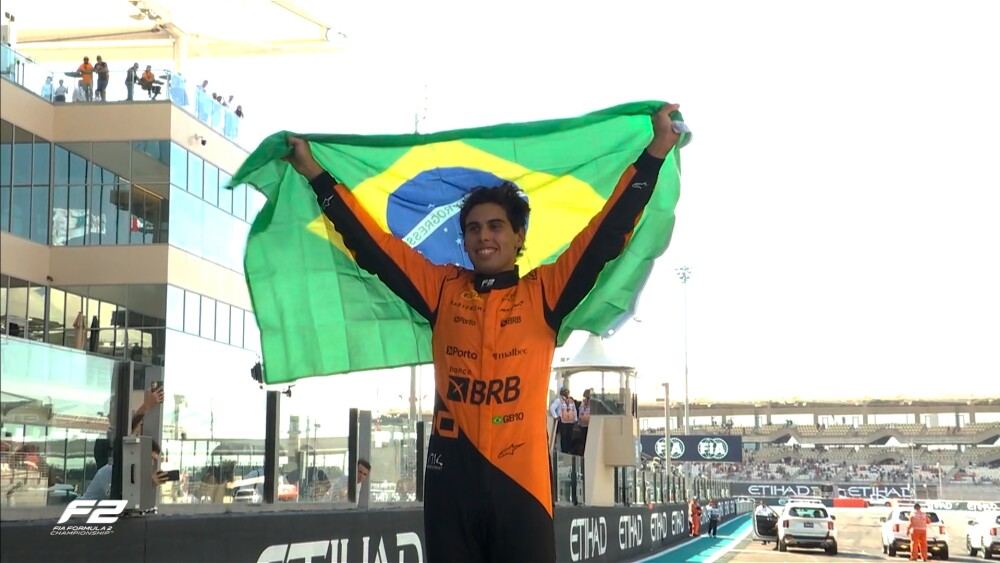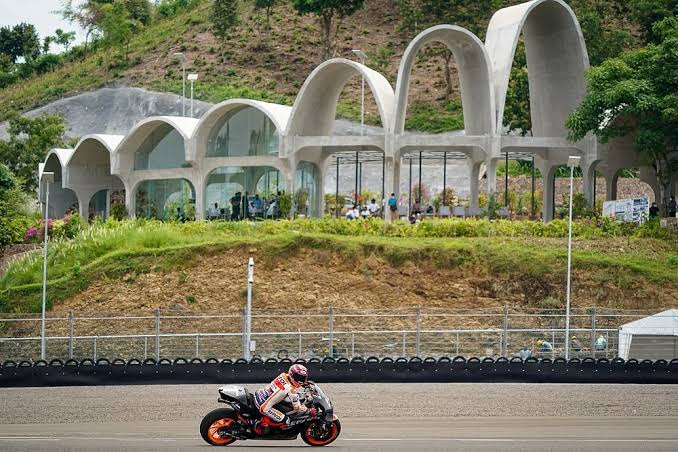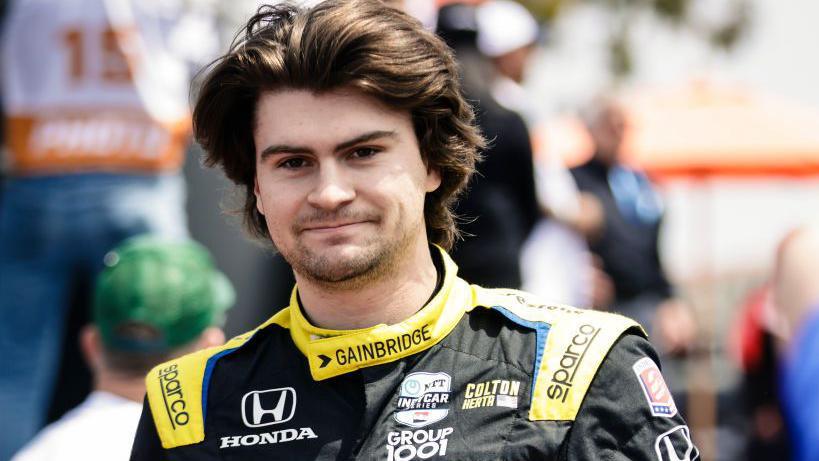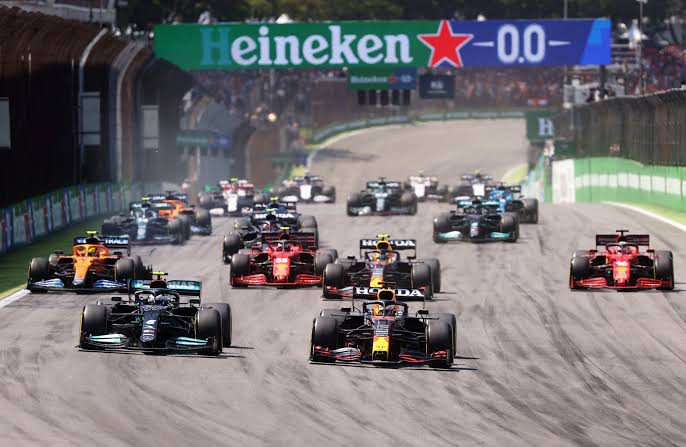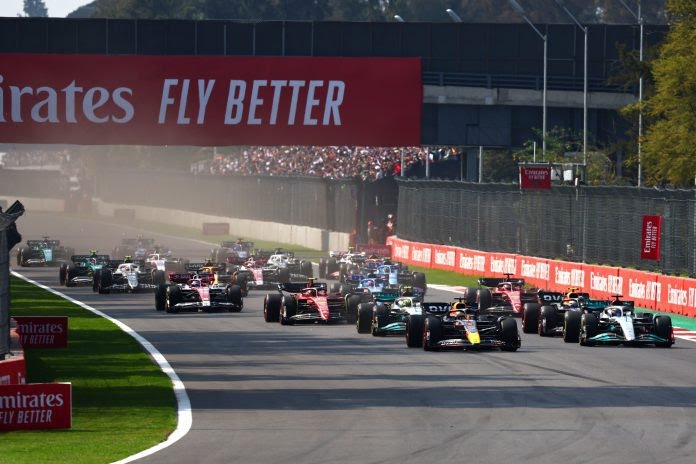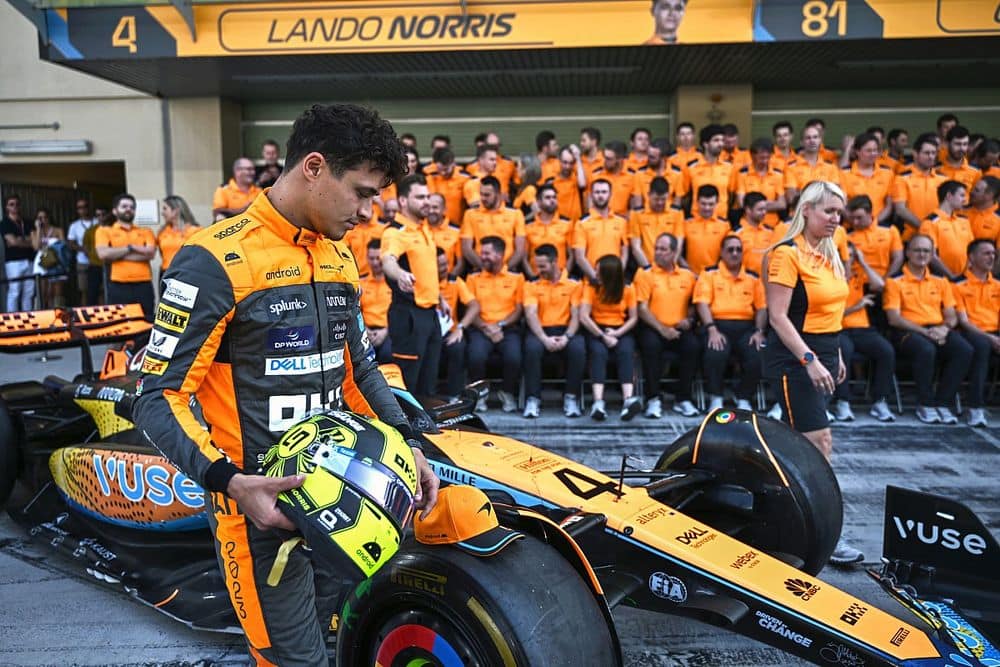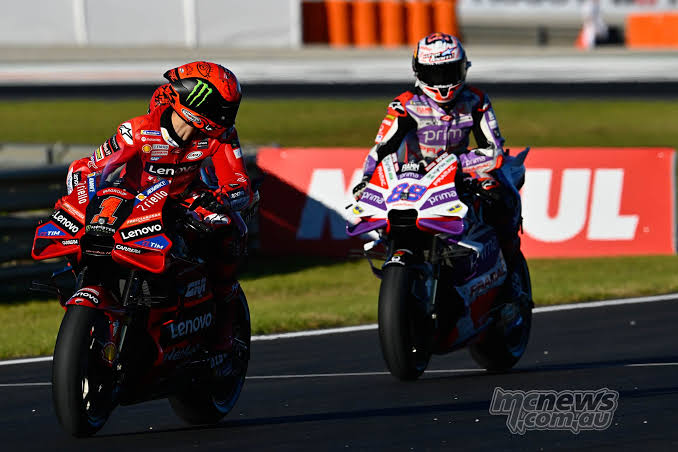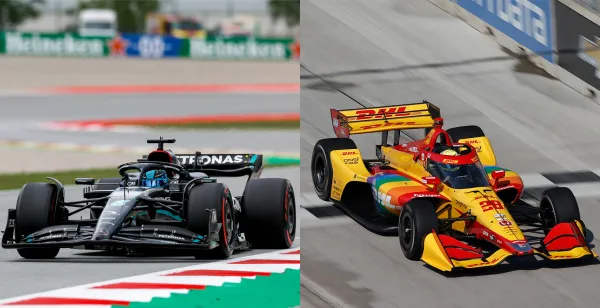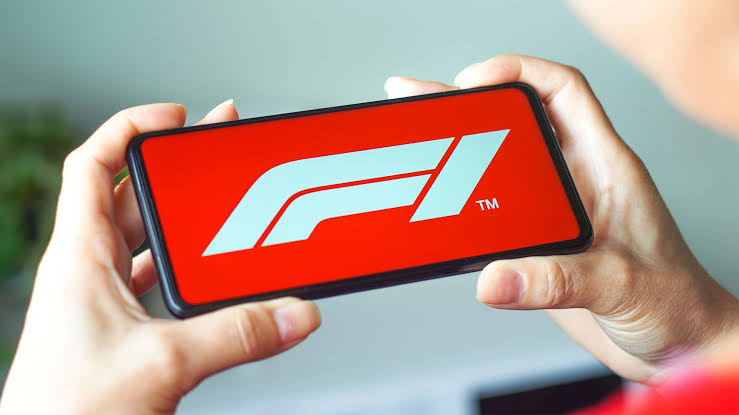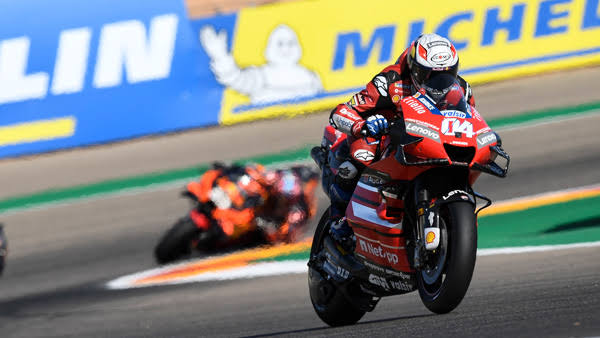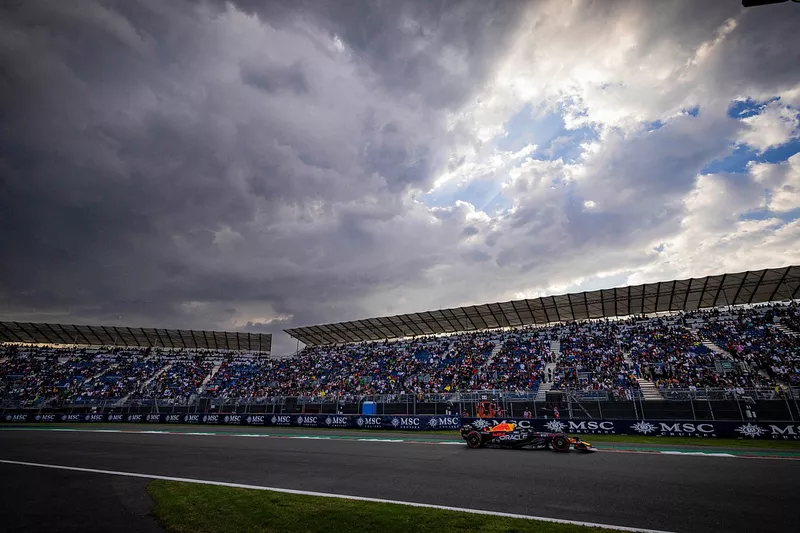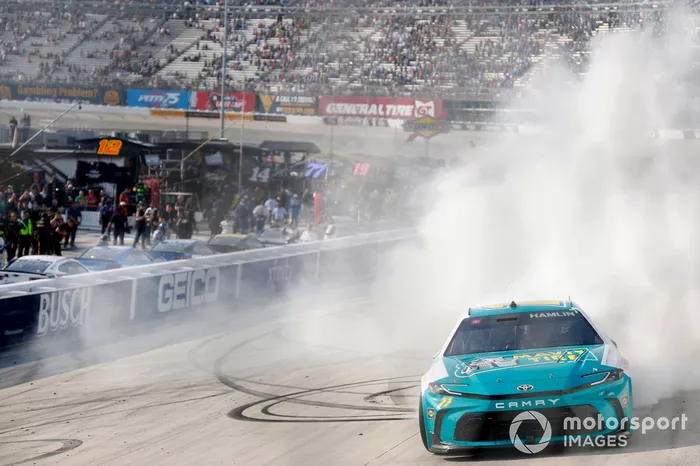Gabriel Bortoleto: From F2 Glory to the Challenges of F1’s Back Row
Gabriel Bortoleto’s meteoric rise through the motorsport ranks has been nothing short of extraordinary. The 20-year-old Brazilian, who clinched the Formula 3 title in 2023 and is on the verge of winning the Formula 2 championship in his rookie season, now faces the daunting task of transitioning to Formula 1 with Sauber in 2025. While his journey to F1 has been remarkable, life at the back of the grid promises to be a far tougher challenge than his rapid ascent through junior categories.
The Journey to Formula 1
Born on October 14, 2004, in São Paulo, Brazil, Bortoleto’s passion for racing began in karting. After dominating Brazilian karting circuits, he moved to Europe in 2018 to compete at a higher level. His single-seater career started in Italian Formula 4 in 2020, where he finished fifth overall. He then spent two seasons in the Formula Regional European Championship before making his big breakthrough in FIA Formula 3.
In 2023, Bortoleto joined Trident and delivered a dominant rookie campaign. He won consecutive Feature Races at Sakhir and Melbourne and maintained remarkable consistency throughout the season, missing points only twice in 14 races. This consistency secured him the F3 title with two rounds to spare, earning him a promotion to Formula 2 with Invicta Racing.
Bortoleto’s rookie season in F2 has been equally impressive. Despite early setbacks, including three consecutive retirements, he displayed resilience and skill by claiming two race wins and five podiums. His standout moment came at Monza, where he won a Feature Race after starting from last on the grid. This victory marked a turning point, propelling him into championship contention and eventually securing him an F1 seat with Sauber.
The Challenges of Transitioning to F1
While Bortoleto’s achievements in F3 and F2 place him among elite company—joining the likes of Charles Leclerc, George Russell, and Oscar Piastri as drivers who won both titles back-to-back—his transition to Formula 1 will be anything but smooth sailing. Sauber, which will rebrand as Audi’s factory team in 2026, is currently struggling at the back of the grid. Partnering with veteran Nico Hülkenberg, Bortoleto will need to adapt quickly to F1’s complexities.
Adapting to New Machinery
F1 cars are significantly more complex than their junior counterparts. The increased downforce, hybrid power units, and intricate aerodynamics demand a steep learning curve for rookies. Bortoleto’s ability to adapt quickly has been a hallmark of his career so far, but competing against seasoned drivers like Max Verstappen and Lewis Hamilton requires another level of precision and mental fortitude.
Pressure of Representing Brazil
Bortoleto will be Brazil’s first full-time F1 driver since Felipe Massa in 2017. This brings immense pressure from fans eager to see their country reclaim its former glory in motorsport. Bortoleto has embraced this responsibility, even adopting an Ayrton Senna-inspired helmet design during his F2 campaign as a tribute to his hero.
Team Dynamics and Expectations
Sauber’s decision to pair Bortoleto with Hülkenberg reflects their strategy of blending youth with experience. While Hülkenberg’s mentorship could benefit Bortoleto, internal competition within teams often adds another layer of complexity for rookies trying to establish themselves.
Lessons from Junior Categories
Bortoleto’s success has been built on consistency and hard work. His ability to bounce back from setbacks—such as his early struggles in F2—demonstrates resilience that will serve him well in F1. He credits much of his development to working with strong teams like Trident and Invicta Racing, as well as guidance from McLaren’s Driver Development Programme and Fernando Alonso’s management company.
In an interview reflecting on his journey, Bortoleto said: “It’s not come easy; it has been a lot of hard work from the team and myself… Consistency was one of the biggest qualities across these seasons.”
The Road Ahead
Despite the challenges ahead, Bortoleto remains optimistic about his future in Formula 1. His immediate goal is to learn as much as possible during his rookie season while helping Sauber improve its performance. Long-term, he aims to emulate his idols by becoming a race winner and championship contender.
Key Areas for Improvement
-
Racecraft: Competing against world-class drivers will test Bortoleto’s ability to manage wheel-to-wheel battles.
-
Technical Feedback: Providing detailed feedback to engineers is crucial for car development.
-
Mental Toughness: Coping with setbacks is essential for maintaining focus over a grueling season.
Opportunities for Growth
-
Working with experienced personnel at Sauber could accelerate his learning curve.
-
Audi’s entry into F1 as Sauber’s factory team offers long-term potential for competitiveness.
-
Representing Brazil provides opportunities for sponsorships and fan engagement.
Navigating the F1 Grid
Navigating the F1 grid will require Bortoleto to be strategic and patient. He will need to balance the desire to impress with the need to avoid costly mistakes. His partnership with Hülkenberg will be crucial in this regard, as the veteran German can offer valuable insights into race strategy and car management.
Learning from Mistakes
One of the most important lessons Bortoleto will learn in F1 is how to handle setbacks. In junior categories, mistakes often result in lost points or a missed podium. In F1, the stakes are higher, and mistakes can lead to significant financial losses and damage to the car. Bortoleto’s ability to learn from these mistakes will be key to his development.
Building a Strong Team Dynamic
Bortoleto will need to build strong relationships with his engineers and mechanics. This includes providing clear feedback on the car and working collaboratively to improve performance. In F1, teamwork is as important as individual talent, and Bortoleto’s success will depend on how well he integrates into the team.
The Role of Technology in F1
F1 is as much about technology as it is about driving skill. Bortoleto will need to understand the intricacies of F1’s complex systems, including the hybrid power unit, advanced aerodynamics, and sophisticated tire management strategies. This technological aspect of F1 can be overwhelming for rookies, but mastering it is essential for success.
Adapting to Advanced Systems
Bortoleto will have to quickly grasp the nuances of F1’s advanced systems. This includes understanding how to optimize the car’s performance through settings and strategy. His ability to adapt to these systems will be crucial in helping him stay competitive.
Strategic Decision-Making
In F1, strategic decisions are made in real-time, often under immense pressure. Bortoleto will need to develop the ability to make quick, informed decisions about tire strategy, pit stops, and overtaking maneuvers. This strategic aspect of racing is where experience plays a significant role, and Bortoleto will need to learn from his mistakes.
The Impact of Audi’s Entry
Audi’s entry into F1 in 2026 as Sauber’s factory team could be a game-changer for Bortoleto. With Audi’s resources and expertise, Sauber is expected to improve significantly, potentially moving up the grid. This could provide Bortoleto with a competitive car sooner rather than later, offering him a chance to showcase his skills against the best in the sport.
Long-Term Prospects
Bortoleto’s long-term prospects in F1 are closely tied to Audi’s success. If Audi can deliver a competitive car, Bortoleto could find himself in a position to challenge for podiums and even wins. This would not only be a personal achievement but also a significant boost for Brazilian motorsport.
Challenges Ahead
However, Audi’s entry also brings new challenges. The team will face intense scrutiny as a factory outfit, and expectations will be high. Bortoleto will need to handle this pressure while continuing to develop as a driver.
Conclusion
Gabriel Bortoleto’s rise from karting prodigy to F2 champion showcases his immense talent and determination. However, his journey is far from over. As he prepares for his rookie season with Sauber, he faces significant challenges that will test every aspect of his skillset. Whether he can translate his junior success into F1 remains uncertain, but one thing is clear: Gabriel Bortoleto is a name worth watching.
With Brazil rallying behind him and Audi gearing up for its future entry into F1, Bortoleto has both pressure and opportunity on his side. If he can navigate the hurdles of life at the back of the grid while continuing to grow as a driver, he may well become one of Formula 1’s next big stars.
As Bortoleto embarks on this new chapter, fans and pundits alike will be eager to see how he fares against the world’s best drivers. His journey will be a testament to the resilience and skill required to succeed at the pinnacle of motorsport.
